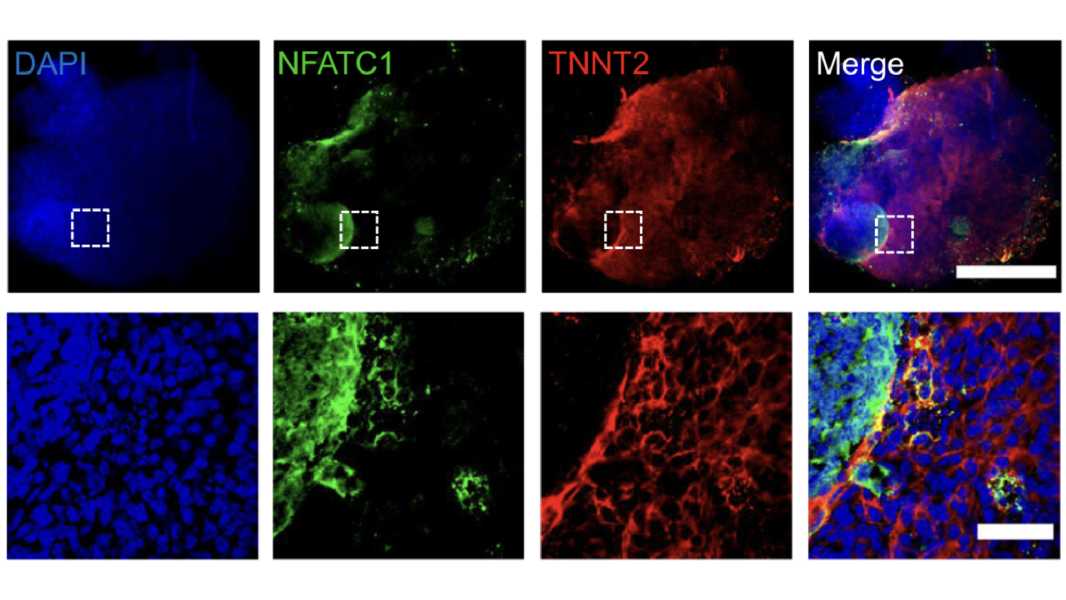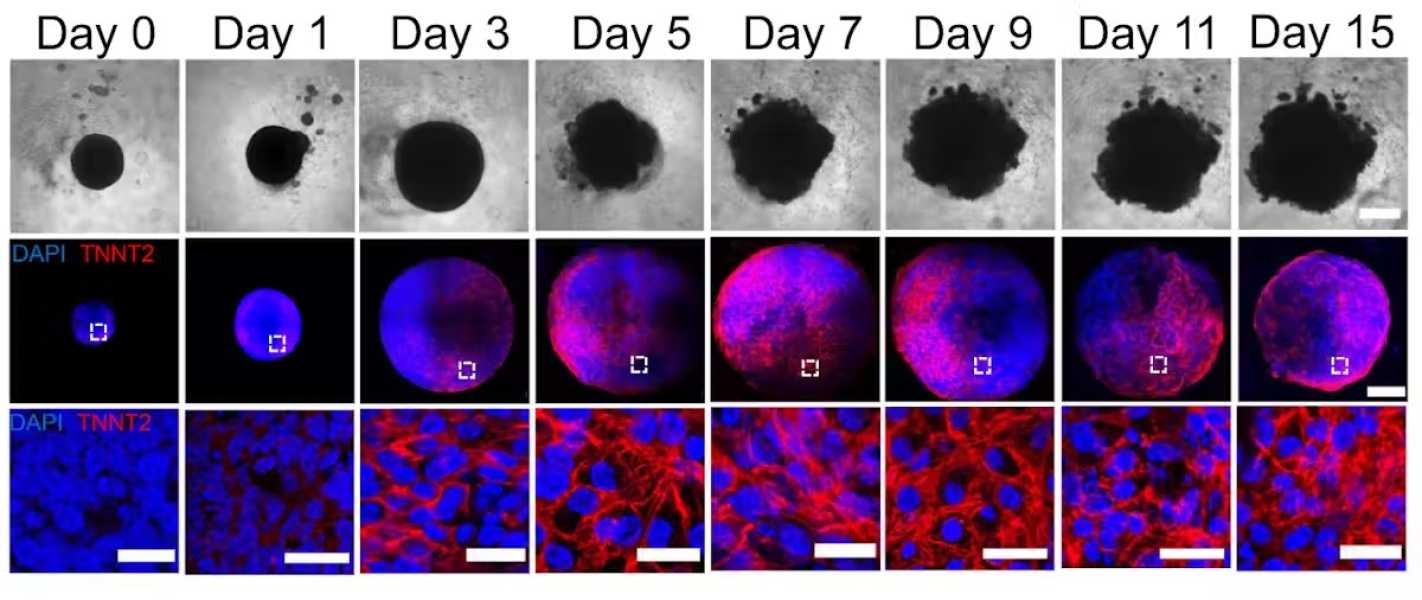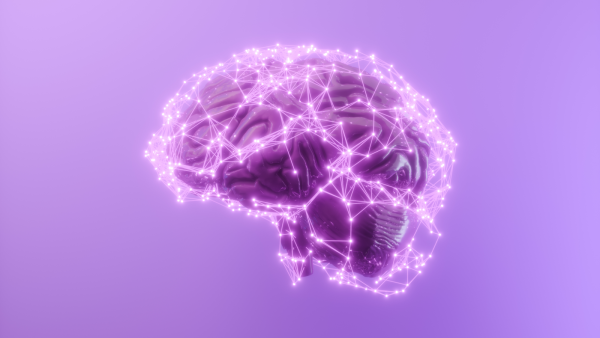
Organoids derived from stem cells can be engineered to mimic the biology of the human heart. (Image credit: Yonatan R. Lewis-Israeli et al. 2021/Nature Communications, CC BY-SA 4.0 DEED)
How did your heart form? What caused your first heartbeat? To this day, the mechanisms by which the human heart forms remain a mystery.
Scientists know that the heart is the first organ to become fully functional in a developing human embryo. It starts out as a simple tube that begins pumping blood by the fourth week of pregnancy. By the ninth week, the heart is fully formed. This organ plays a key role in early development because it provides the developing fetus with essential nutrients.
However, due to its early formation, the heart is exposed for a long time to various substances that a pregnant woman may come into contact with, such as medications or pollutants. This may explain why congenital heart defects are the most common types of birth defects in humans, occurring in more than 1 in 100 newborns worldwide.
Traditionally, scientists have used animal models and cell cultures to study heart development and disease. However, researchers have been unable to develop a cure for congenital heart defects, in part because these models fail to capture the complexity of the human heart. Ethical concerns prevent the use of human embryos in these studies.
To help scientists study heart development and complications during pregnancy, our team of biomedical engineers and cardiologists has spent the last few years developing an entirely new approach: miniature human hearts in the lab.
Human Heart Organoids
Organoids are complex three-dimensional cellular structures that reproduce key aspects of the structure and function of a specific organ in the body. Although organoids are not yet fully synthetic functioning organs, they have significant potential to mimic key aspects of physiology and disease in the laboratory.
We created our cardiac organoids using cells known as pluripotent stem cells. While using these cells in research has previously been controversial because they were originally derived from human embryos, this is no longer a problem because they can be derived from cells from any adult human. Pluripotent stem cells have the ability to turn into any type of cell in the body. This means that cells from almost any part of the body – usually blood or skin cells – can be transformed into your own stem cells to create a mini heart.

This image shows a cardiac organoid developing over a period of 15 days. The top row is a series of images taken using light
Sourse: www.livescience.com





